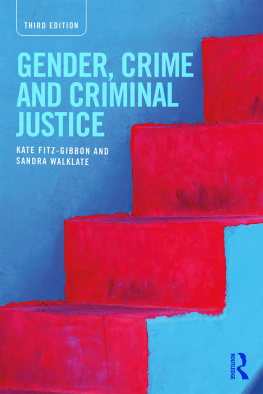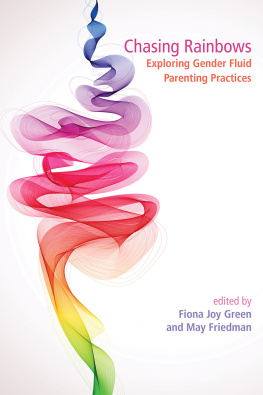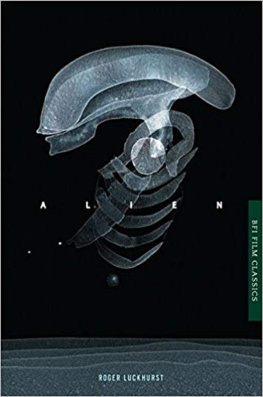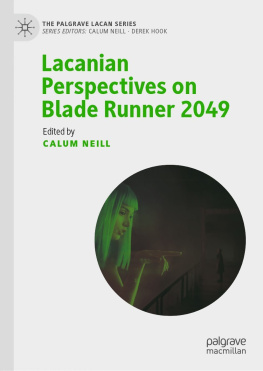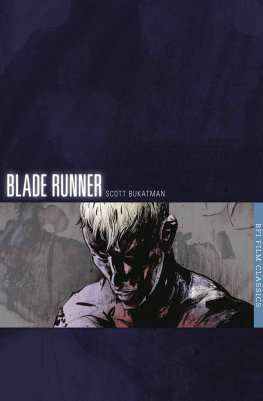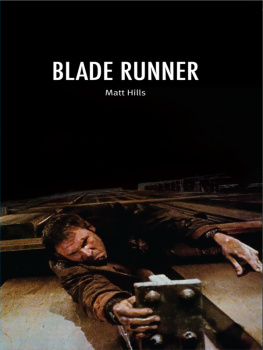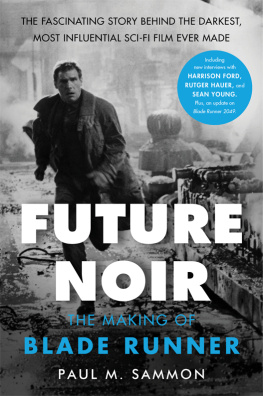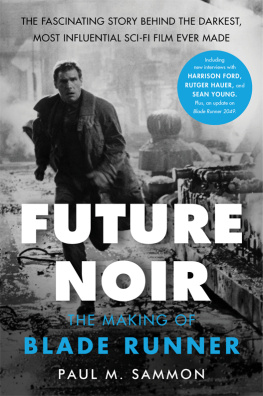
Emerald Studies in Popular Culture and Gender
Series Editor: Samantha Holland, Leeds Beckett University, UK
As we re-imagine and re-boot at an ever faster pace, this series explores the different strands of contemporary culture and gender. Looking across cinema, television, graphic novels, fashion studies and reality TV, the series asks: what has changed for gender? And, perhaps more seriously, what has not? Have representations of genders changed? How much does the concept of gender in popular culture define and limit us?
We not only consume cultural texts but share them more than ever before; meanings and messages reach more people and perpetuate more understandings (and misunderstandings) than at any time in history. This new series interrogates whether feminism has challenged or change misogynist attitudes in popular culture.
Emerald Studies in Popular Culture and Gender provides a focus for writers and researchers interested in sociological and cultural research that expands our understanding of the ontological status of gender, popular culture and related discourses, objects and practices.
Available Titles in This Series
Gender and Contemporary Horror in Film - Edited by Samantha Holland, Robert Shail and Steven Gerrard
Gender and Contemporary Horror in Television - Edited by Steven Gerrard, Samantha Holland and Robert Shail
Gender and Contemporary Horror in Comics, Games and Transmedia - Edited by Robert Shail, Steven Gerrard and Samantha Holland
From Blofeld to Moneypenny: Gender in James Bond - Edited by Steven Gerrard
Gendered Domestic Violence and Abuse in Popular Culture - Edited by Shulamit Ramon, Michele Lloyd, Bridget Penhale
Navigating Tattooed Women's Bodies: Intersections of Class and Gender by Charlotte Dann
Gender and Parenting in the Worlds of Alien and Blade Runner: A Feminist Analysis by Amanda DiGioia
Forthcoming Titles in This Series
Screen Heroines, Superheroines, Feminism and Popular Culture: Forty Years of Wonder Woman by Samantha Holland
Gender and Action Films 19802000: Beauty in Motion Edited by Steven Gerrard and Renee Middlemost
Gender and Action Stars: Road Warriors, Bombshells and Atomic Blondes Edited by Steven Gerrard and Renee Middlemost
Gender and Action Films 2000 and Beyond: Transformations Edited by Steven Gerrard and Renee Middlemost
Gender and Female Villains in 21st Century Fairy Tale Narratives Edited by Janelle Vermaak-Griessel and Natalie Le Clue
GENDER AND PARENTING IN THE WORLDS OF ALIEN AND BLADE RUNNER
A Feminist Analysis
AMANDA DIGIOIA
University College London School of Slavonic and East European Studies, UK
United Kingdom North America Japan India
Malaysia China
Emerald Publishing Limited
Howard House, Wagon Lane, Bingley BD16 1WA, UK
First edition 2021
Copyright 2021 Amanda DiGioia. Published under Exclusive Licence by Emerald Publishing Limited.
Cover image and interior images created by Mike Moses (Instagram: @thedrowntown) specifically for this volume.
Reprints and permissions service
Contact:
No part of this book may be reproduced, stored in a retrieval system, transmitted in any form or by any means electronic, mechanical, photocopying, recording or otherwise without either the prior written permission of the publisher or a licence permitting restricted copying issued in the UK by The Copyright Licensing Agency and in the USA by The Copyright Clearance Center. Any opinions expressed in the chapters are those of the authors. Whilst Emerald makes every effort to ensure the quality and accuracy of its content, Emerald makes no representation implied or otherwise, as to the chapters' suitability and application and disclaims any warranties, express or implied, to their use.
British Library Cataloguing in Publication Data
A catalogue record for this book is available from the British Library
ISBN: 978-1-83982-941-3 (Print)
ISBN: 978-1-83982-940-6 (Online)
ISBN: 978-1-83982-942-0 (Epub)
This book is dedicated to my grandmothers, Lorraine Nancy Nuzzo DiGioia and Winifred Bridget Gallagher Cresman, for their unconditional love; to Dr Aura Zahan, who ordered the scan that saved my life; and to the women who are my friends. Thank you for supporting me.
Contents
Preface
I sat, numb, in the oncologist's office. I had just been told there were several masses in my chest and that the medical team was not quite sure what they were. The masses, apparently, were very weird. My mind immediately went to pop culture. Are you sure it isn't a xenomorph? I asked. No, the doctor replied. This is not Prometheus III. That was the moment at which the idea for this volume hatched in my mind.
This book is a comparative, gendered analysis study of Ridley Scott's contributions to the genre of science fiction cinema. This book will also tie into my previous research (and previous Emerald publication) Childbirth and Parenting in Horror Texts: The Marginalized and the Monstrous. This previous book focussed on motherhood, an issue that impacts all women who live under patriarchy. Many of the texts that I am studying are new, so this book will add to the literature on Scott, sci-fi and feminism. My fields of women's studies and gender studies have established that, for women, and other marginalised groups, the personal is political: personal experiences are the result of social structures or inequality (Hanisch, 2006), allowing me to use personal accounts outside a solely autoethnographic context, specifically a short chapter reflecting on my cancer treatment and the many parallels between the disease, the treatment and the body shock horror texts examined in this volume.
The book will focus on imagined communities, the objectification of women (both real and androids or holograms) and the depictions of birth, motherhood and fatherhood in recent Ridley Scott science fiction/horror texts, building upon the previous monograph mentioned above. I am fortunate enough to be friends with a special effects artist who worked on Prometheus, who has given me permission to publish their insights anonymously. I will include conversations with this artist in this book, as many of the aliens in Prometheus have been crafted to resemble variations on the vagina dentata, a topic of academic research to which I dedicated an entire chapter of Childbirth and Parenting in Horror Text. In lieu of a strictly psychoanalytic approach (as anything based on Freud is built on quicksand), I instead argue that the vagina dentata is an evolutionary fear that has been learned, due to the prevalence of the notion of the vagina dentata in societies around the globe (Rees, 2015).


